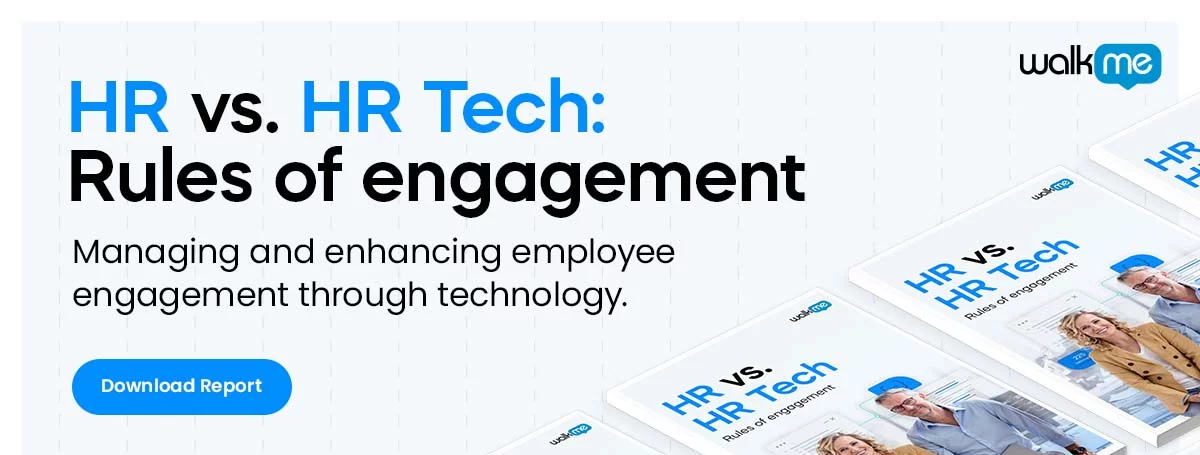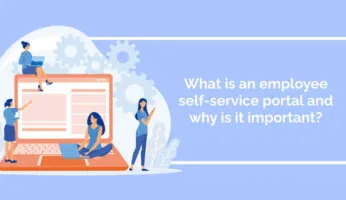
Used appropriately, a coaching plan can significantly boost employee retention, loyalty, productivity, and much more.
In this post, we’ll learn several ways a coaching plan can positively impact employee metrics such as these, while also building a positive employee experience, a supportive work culture, and a better work environment.
What Is a Coaching Plan?
First, though, it is important to understand what a coaching plan is and what it is not.
Unlike employee training, which often focuses on skills development, coaching plans are long-term career development strategies built around, as the name suggests, one-on-one coaching.
Coaching is very similar to mentoring, in that both revolve around improving long-term career prospects for an employee.
In an enterprise setting, coaching and mentorship plans are often set up between senior members of the organization and junior employees – though this isn’t a hard-and-fast rule, and there is no reason why outside specialists can’t become engaged with an organization’s leadership and development programs.
Regardless of the structure, what should be of interest to managers is that fact that coaching and mentorship plans can deliver significant benefits, both to employees and employers.
How a Coaching Plan Can Improve Employee Performance and Retention
Here are a few of the biggest reasons to build a coaching plan aimed at employee development:
Employees prefer employers who offer training and development
Research has shown that employees prefer employers who offer on-the-job training.
One report from Udemy, for instance, showed that 80% of employees felt that the opportunity to learn new skills at work would make them more engaged at their job – and that disengaged workers were 2.5 times more likely to quit.
Further research from Udemy, Gallup, and others also indicates that a number of employees are disengaged at work.
Given this level of disengagement and employees’ stated preference for employers that offer training, every organization should consider investing in coaching, mentorship, and upskilling programs.
Coaching improves employee performance
Another obvious reason to invest in coaching plans is that more skilled employees are more productive.
That increased productivity is due, on the one hand, to increased skill levels.
But it is almost certainly also a result of increased engagement and job satisfaction, due to the reasons mentioned above.
After all, the more integrated employees are with the company and its culture, the more engaged and productive they’ll be.
In-house career development can improve employer branding
Talent acquisition has become a top concern for many organizations in today’s marketplace. This shouldn’t be surprising, given the accelerated pace of digital transformation driving today’s economy.
As mentioned above, in-house training can improves the workplace, the employee experience, and job engagement rates.
Those positive impacts, however, can extend far beyond the actual workplace and improve an organization’s reputation – that is, its employer branding.
Improving employer branding, or the reputation of the workplace, can make it far easier to find and retain top talent, which, in turn, can reduce hiring costs, improve the corporate culture, and more.
A well-trained workforce is more agile
Coaching, training, and mentoring increases adaptability and ensures that employees are continually growing and learning.
The ability to learn and grow, in turn, is a prerequisite for staying responsive in today’s volatile economic landscape.
Workforce agility, for instance, enables organizational agility, which allows a company to respond quickly to changing conditions, release products more quickly, and implement business transformations more effectively, among other things.
Coaching plans can help identify promising leaders
Coaching plans, as mentioned, usually involve relationships between senior business managers and upwardly mobile employees.
This setup allows those managers to identify candidates who could be a good fit for leadership positions – such as employees who are a good cultural fit and who have the right combination of skills and ambition.
Also, when deemed appropriate, those coaches can then further accelerate those employees’ growth through targeted training, project assignments, and so forth.
Coaches can help business leaders stay connected with workers
Another “side benefit” of coaching plans is that they provide a two-way communication channel between leadership and the workforce.
Since coaches regularly communicate with workers, for instance, they gain a better understanding of what employees are thinking, how they feel, and what the general sentiment is in the workforce.
That information, in turn, can help business leaders in several ways.
It can, on the one hand, help them design coaching plans that are more relevant to employees’ needs.
On the other, it can help management stay attuned to areas of the company they may not otherwise be connected to.
Final Thoughts
To summarize what we have covered so far: coaching plans can benefit employees by improving their short- and long-term career prospects, and they can benefit employers by boosting employee productivity, engagement, retention, and similar metrics.
At the same time, coaching plans can generate several other secondary benefits, such as improved workforce agility, a better corporate climate, and improved insight into employees’ wants and needs.
To glean these benefits, however, it is best to take a structured approach to creating a coaching plan. Setting goals and structuring the plan around those goals, for instance, will increase the likelihood that those goals will be met.For more information on fostering a better workplace, check out these posts on career development and managing and supporting employees.
WalkMe Team
WalkMe spearheaded the Digital Adoption Platform (DAP) for associations to use the maximum capacity of their advanced resources. Utilizing man-made consciousness, AI, and context-oriented direction, WalkMe adds a powerful UI layer to raise the computerized proficiency, everything being equal.



